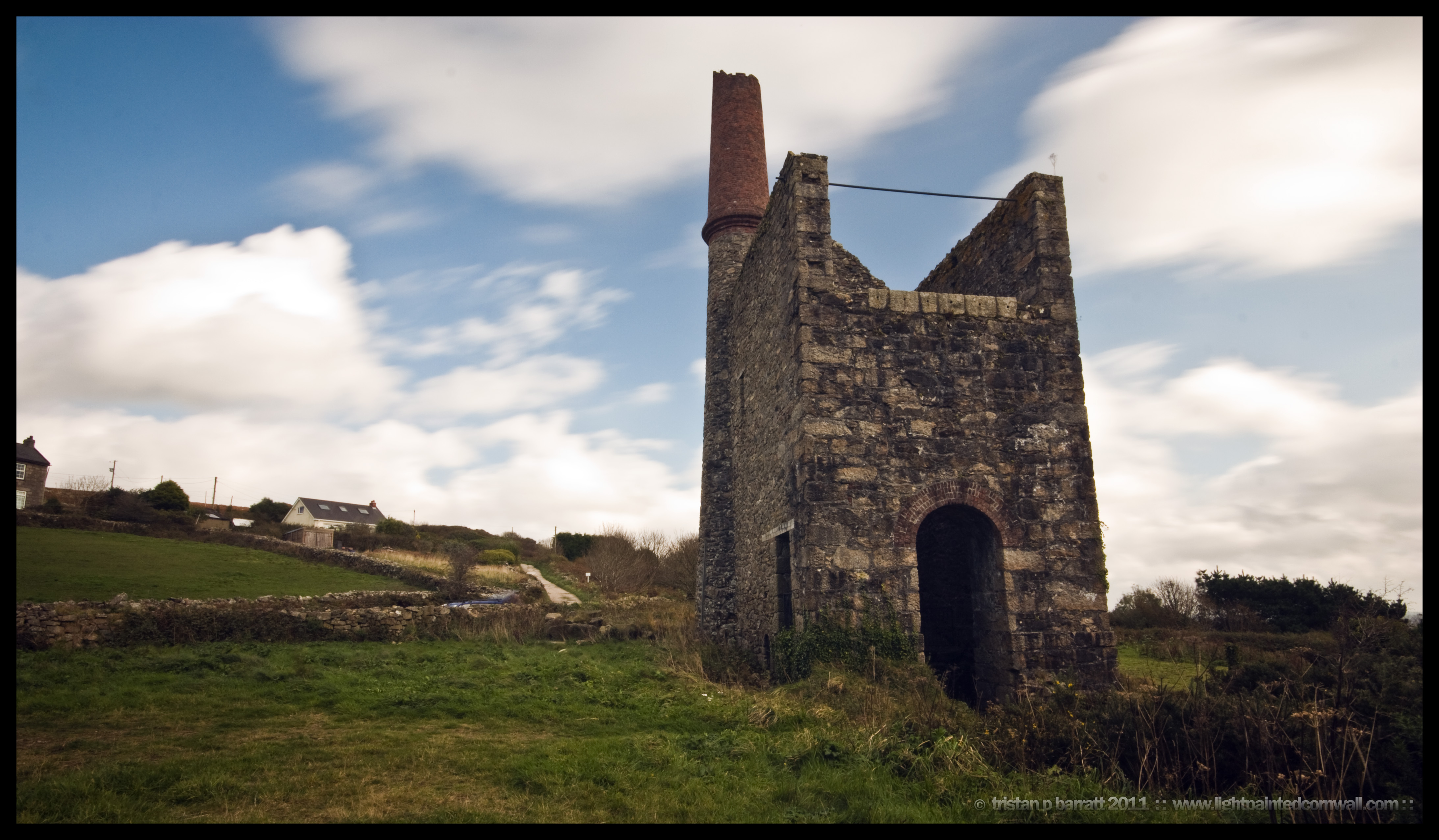
Pennance Mine
King Harry to the Gwennap Region
Crossing the Fal on the King Harry Ferry takes only ten minutes and the first 2 miles uphill are dominated by Trelissick Garden. The National Trust estate is a leisure centre for horticulturists who visit these delightful shrubland gardens and sub-tropical flora that stand out above Carrick Roads. Beyond the gardens turn left at the Feock junction and follow the road through the village which is comprised of a few colour-washed thatched cottages and beautiful church on the left. Follow the road round to Point or drop to the shore and walk from the boatyards to Devoran Quay. The charming Quayside Inn above the water serves delicious food and wonderful real ale – I recommend a pint of Landlord! From here the journey takes shape along the Portreath Tramroad as far as Twelveheads. The trail is full of reminders of Cornwall’s industrial past with old remnants of mine stacks haunting the landscape. It was during the mining era that the Tramroad was built to serve the inland communities; opening around 1809, it was initially horse-drawn becoming the first railway in Cornwall. A highlight of the journey is the beautifully built Carnon viaduct which carries the branch line between Truro and Falmouth and a bit further on there is a cycle hire/café at Bissoe which serves food daily. 1.5 miles from here turn left at Twelveheads and follow the trail which was once the Redruth and Chasewater Railway. There is a pleasant section through Crofthandy to Carharrack; on reaching the latter turn right onto the road. A century ago the railway ran through the village from Pennance Road to the rear of Mills Hall connecting the local community to Poldice Valley. Part of the railway still exists along Pennance Road and the village itself retains much of the flavour of that period. Continue beyond Mills Hall to the Carharrack Stars inn and St Piran’s Church. St Piran is a patron saint of Cornwall who sailed here from Ireland in the 6th century and is best known for the chapel he built at Perranporth which was uncovered from the sand dunes in the 19th century remaining the oldest Christian building in the country. To leave the village you can backtrack to Route 3 or follow the yellow markers towards Carharrack Club where a country lane descends to School Hill and Route 3; both lanes lead to the campsite at the Star Inn, Vogue.
For those not camping but who require B&B at the Lanner Inn, walk to the old railway coal yard in Carharrack (100 metres from St Piran’s church) and continue along the Lanner Road for 1.5 miles to the Coppice; this is an excellent pub with local ale and good value food. Beyond the Coppice, turn right at the main road and walk uphill to the Lanner Inn.
